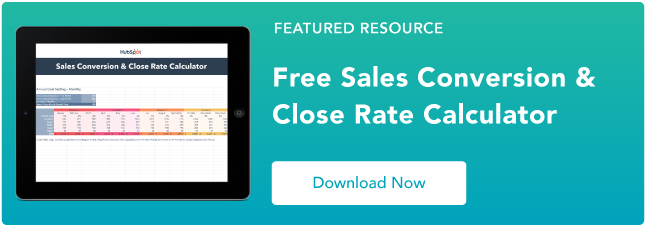When you have a great lead, your sales proposal is the best tool at your disposal for landing new business. But how do you craft a document that hits the right tone and will be authentically convincing to your client?

First, it's important to convey your value to prospects. You should also avoid hiding great ideas or deliverables behind fluffy wording, vague guarantees, or worse, distracting typos.
Each proposal must be unique to your client. However, there are proven best practices that can be applied to any bid. The infographic below, from Instructional Solutions, has 19 tips that will improve your next proposal, grow your business, and avoid closing mistakes.
Want to skip straight to the infographic? Click here.
Sales Proposal Writing Tips
1. Know your audience
Develop a deep understanding of your potential client, what they need, what they want, and their bid preferences. This is key to writing a proposal that will feel tailored, thoughtful, and necessary.
2. Master the tone
Keep your audience in mind as you write your document and you'll find the right tone. Whether formal, casual, or something in between -- as long as it matches the needs and motivations of your prospect, it will serve you well.
3. Craft a catchy title
Wonder where the sale starts? It's here. The title should serve as a summary of your appealing offer, not just a document header.
4. Use evocative language
Use active verbs, remove unnecessary words, and choose language that's familiar to your prospect and will make your proposal more engaging to them -- and persuasive.
5. Cut the jargon
Acronyms, technical slang, and other jargon will turn your reader off faster than a sleazy pitch. Don't confuse your reader by trying to sound smart, that's bad for sales and bad for you.
6. Distill in the executive summary
Your prospect is busy. They don't have time to read pages and pages of how great you and your product/service are. Create a concise but comprehensive executive summary and you'll make their decision a lot easier.
7. Postpone the "About us" section
If they want to know more about the history of your company, they can Google you. Don't waste this precious time to talk about your past successes. Instead, speak to how you can offer them value.
8. Avoid generalizations
Let your prospects know exactly how your offer will help them and improve their business. Keep the vague metaphors, hyperbole, and watered-down language out of your proposal, and stick with specific, actionable case studies and relevant examples of how you can help.
9. Nail the opportunity statement
Use your proposal to show how well you understand your prospect's problems -- and how efficiently you can help them. Remember to keep it centered on the prospect. It's easy to go overboard on your features and benefits. Just make sure you can tie it all back to their needs and pain points.
10. Identify the deliverables
Every offer should have enticing deliverables. Personalize each one and clearly connect your offering and your prospect's needs.
11. Clarify the timeline
Be clear. Be realistic. And be firm. Use these three tenants when setting a timeline for your prospect.
12. State the scope
Don't overpromise just to close their business. This is the easiest way to increase new client churn rates. Be clear about what you're offering -- and what you aren't. Setting a clear scope ensures you lay a solid relationship with your prospect and earn their trust.
13. Breakdown the budget
The budget is likely what your prospect will flip to first. Break down your total costs and clarify the value of each.
14. Employ whitespace
Don't fear the whitespace. Use it to your advantage to highlight and emphasize your points and guide the reader where their focus should be. Lists, paragraph spacing, and formatting are all great tools at your disposal.
15. Get great design
You can have the best content in the world, but if your presentation isn't up to par, you won't capture your prospect's attention. Put time and money into your proposal and make sure the design is pleasing to the eye.
16. Try templates
While it's easy to say clean, professional design is important -- it's also easy for this part of the process to take up too much time. To guard against this, have a designer develop a template that can be customized and client-targeted.
17. Review, review, review
Once you've completed your proposal, wait 24 hours and then review it again. Have colleagues review it as well to ensure you haven't missed any glaring errors that can sabotage your success.
18. Double-check submission details
You don't want to do all that work and then overlook a prospect proposal preference, like font choice. Verify the submission process and style it to match your prospect's guidelines perfectly.
19. Follow up
Once your proposal is complete and delivered, check in with your client. If they have revisions or additional questions they need clarified, make sure you're able to incorporate them.
.gif?width=767&name=19-Sales-Proposal-Writing-Tips-compressor%20(1).gif)
Set yourself up for success by creating a sales proposal that can go the distance. These tips are your first step to getting there.
![Download Now: Sales Conversion Rate Calculator [Free Template]](https://no-cache.hubspot.com/cta/default/53/059a7eef-8ad9-4bee-9c08-4dae23549a29.png)










